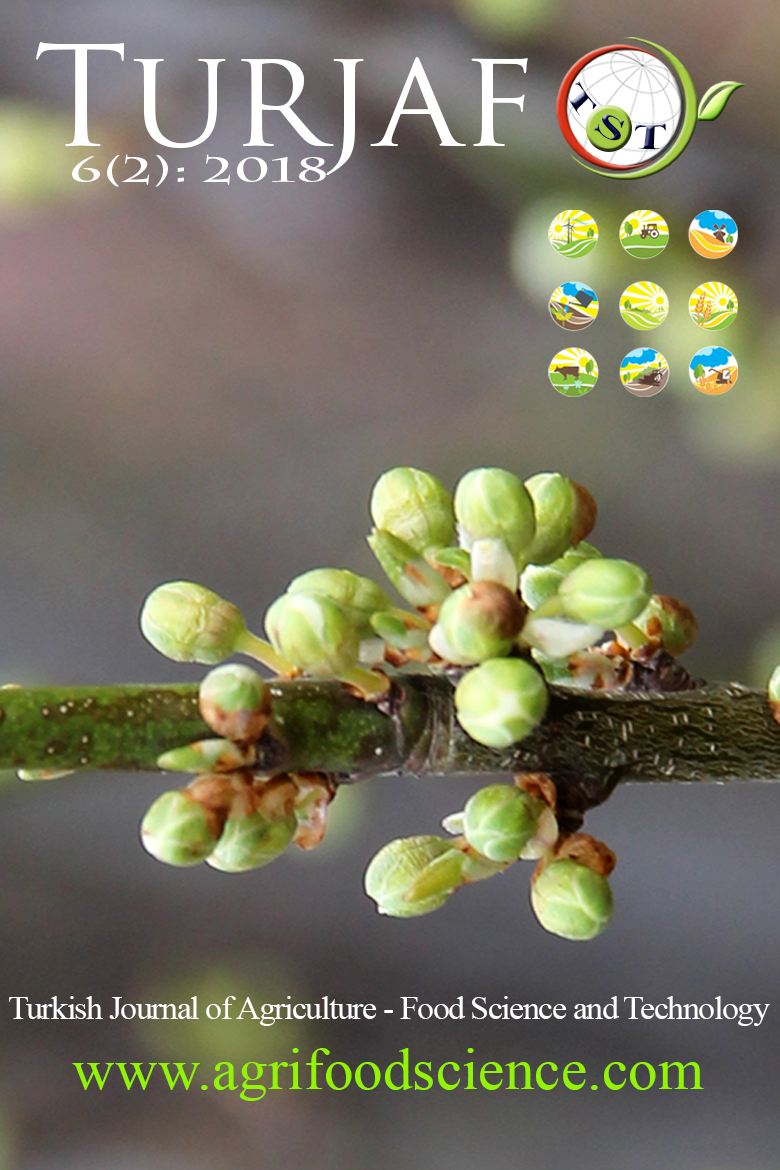Consortium Application of Endophytic Bacteria and Fungi Improves Grain Yield and Physiological Attributes in Advanced Lines of Bread Wheat
DOI:
https://doi.org/10.24925/turjaf.v6i2.136-144.1416Keywords:
Consortium application, endophytes, grain yield, moisture status, wheatAbstract
Increasing human population places pressure on agriculture. To feed this population, two time increase in the current wheat production is needed. Today agriculture is becoming input intensive with more reliance on synthetic fertilizers and agrochemicals to fulfil the feed demand of the growing numbers. Use of synthetic fertilizer since last few years is impacting the soil quality. In this scenario, the use of beneficial endophytic microbes is an attractive strategy to overcome the use of synthetic products. To investigate the effect of consortium application of endophytic bacteria and fungus on plant growth, grain yield moisture status, a pot experiment was conducted in different wheat lines. It comprised four treatments like control, application of bacterial strain Bacillus sp. MN54, fungal strain Trichoderma sp. MN6, and their consortium (Bacillus sp. MN54 + Trichoderma sp. MN6). The effect of consortium application was more prominent and significantly different from the sole application of bacteria and fungus. The results showed that with a consortium application of endophytic bacteria and fungus, there was 28.6, 4.3, -6.3 and -3.7% increases in flag leaf area, chlorophyll content, relative membrane permeability and water content respectively. Consortia of endophytic microbes also resulted in the yield enhancement through the betterment of various yield attributes like number of spikelet‘s, grains per spike and grain yield per plant (32.2, 25.8 and 30.8%, respectively). So, consortia of endophytic microbes can greatly promote the progress of plants in dry land agriculture and increase the yield in an environmentally sustainable way.Downloads
Published
28.02.2018
How to Cite
Muhae-Ud-Din, G., Ali, M. A., Naveed, M., Naveed, K., Abbas, A., Anwar, J., & Tanveer, M. H. (2018). Consortium Application of Endophytic Bacteria and Fungi Improves Grain Yield and Physiological Attributes in Advanced Lines of Bread Wheat. Turkish Journal of Agriculture - Food Science and Technology, 6(2), 136–144. https://doi.org/10.24925/turjaf.v6i2.136-144.1416
Issue
Section
Crop Production
License
This work is licensed under a Creative Commons Attribution-NonCommercial 4.0 International License.

























